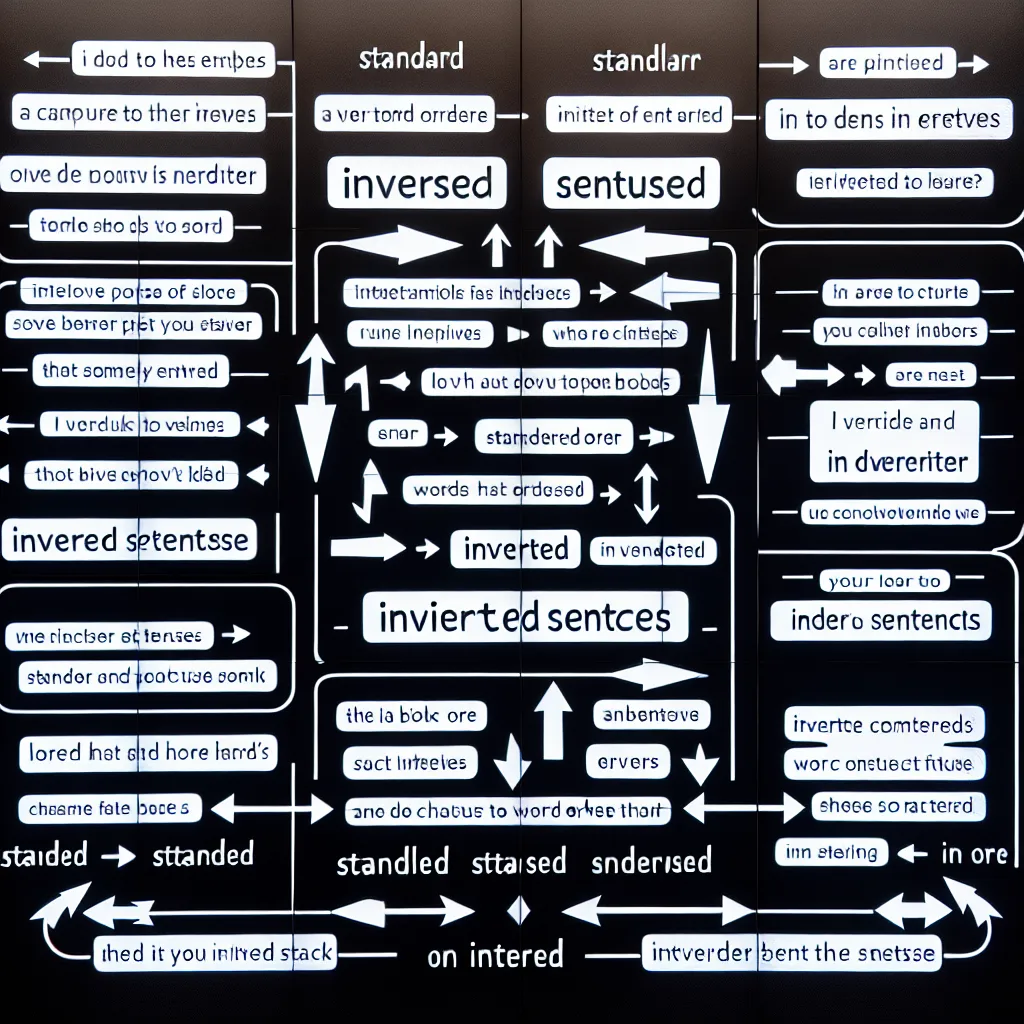In the realm of English grammar, mastering the passive voice is crucial for effective communication. This article delves into the intricacies of passive voice, providing a deep understanding of its structure, usage, and importance in various contexts.
What is Passive Voice?
Passive voice is a grammatical construction where the subject of a sentence receives the action of the verb, rather than performing it. This structure is essential in English, particularly in academic, scientific, and formal writing.
 Passive Voice Structure
Passive Voice Structure
Importance in English Grammar
Understanding passive voice is crucial for several reasons:
- Versatility in Writing: It allows for flexibility in sentence construction, enabling writers to emphasize different aspects of an action.
- Formal Communication: Passive voice is often preferred in scientific and academic writing for its objective tone.
- IELTS and Academic Success: Proper use of passive voice is essential for achieving high scores in English proficiency tests like IELTS.
For more insights on advanced grammar techniques, check out our article on English grammar rules for advanced learners.
Structure of Passive Voice
The basic structure of a passive voice sentence is:
Subject + Be (conjugated) + Past Participle (+ by + agent)
Examples:
-
Active: The chef prepares the meal.
Passive: The meal is prepared (by the chef). -
Active: Scientists have discovered a new planet.
Passive: A new planet has been discovered (by scientists).
For a comprehensive overview of verb forms, including those used in passive constructions, visit our deep dive into English verb forms.
When to Use Passive Voice
Passive voice is particularly useful in certain situations:
-
When the doer is unknown or unimportant:
“The window was broken last night.” -
To emphasize the action rather than the doer:
“The new policy was implemented last month.” -
In scientific or academic writing:
“The experiment was conducted under controlled conditions.” -
To maintain an objective tone:
“It is believed that the ancient civilization collapsed due to climate change.”
For more guidance on using passive voice in formal contexts, read our article on mastering the use of passive voice in formal documents.
Common Mistakes and How to Avoid Them
When using passive voice, be aware of these common pitfalls:
-
Overuse: While passive voice has its place, overusing it can make writing unclear and wordy.
-
Incomplete Sentences: Ensure all necessary information is included.
Incorrect: “The meeting was attended.” (By whom?)
Correct: “The meeting was attended by all department heads.” -
Incorrect Verb Forms: Always use the past participle of the verb.
Incorrect: “The book is write by a famous author.”
Correct: “The book is written by a famous author.”
Exercises to Enhance Understanding
To solidify your grasp of passive voice, try these exercises:
-
Conversion Practice: Convert active sentences to passive and vice versa.
-
Sentence Completion: Fill in the blanks in passive sentences with appropriate verb forms.
-
Context-Based Usage: Identify situations where passive voice would be more appropriate than active voice.
For more practice exercises and tips on improving your grammar skills, visit our guide on how to improve grammar in academic papers.
Advanced Applications of Passive Voice
For those seeking to master passive voice at an advanced level:
-
Passive Infinitives: “The package is to be delivered by noon.”
-
Passive Gerunds: “Being recognized for his work was a great honor.”
-
Double Passives: “The problem is believed to have been solved.”
These advanced structures are particularly useful in academic and professional writing. For more on using complex grammar in specialized fields, check out our article on advanced grammar for media communication.
Conclusion
A Deep Understanding Of Passive Voice is essential for advanced English proficiency. By mastering its structure, understanding its appropriate usage, and practicing regularly, you can enhance your writing and communication skills significantly. Remember, the key to mastering passive voice lies in recognizing when and how to use it effectively.
We encourage you to practice using passive voice in your writing and to explore the linked resources for further study. Share your experiences or questions in the comments below, and continue your journey towards English language mastery!




